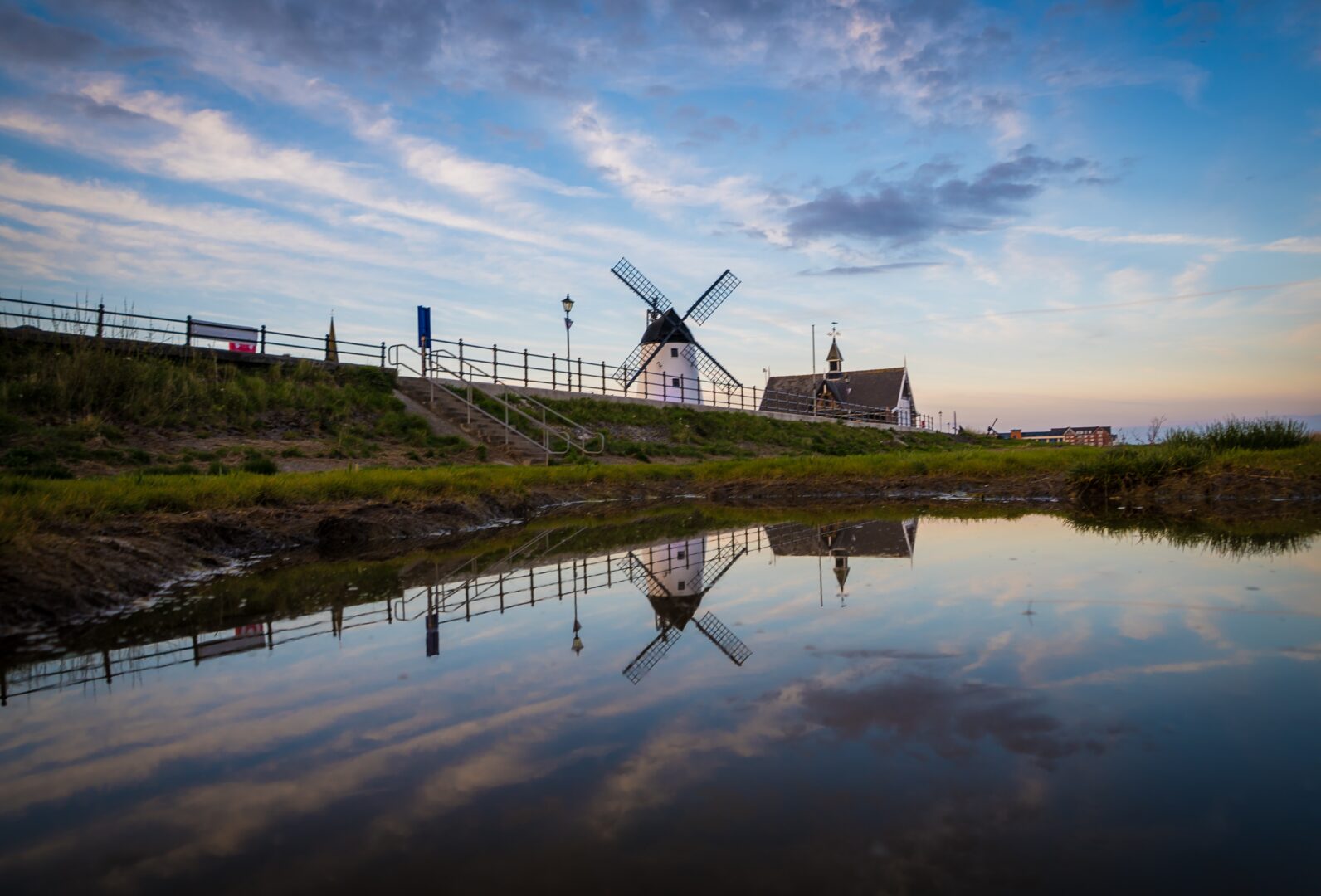Local Green Spaces case study: Deprivation and green spaces in Lancashire

A comparative study between two neighbouring local authorities in Lancashire shows a strong correlation between deprivation and green space access.
Blackpool
With the lowest life expectancy in the country and ranking in the 10% most deprived authorities, Blackpool exhibits an intrinsic link between health, deprivation and access to green spaces. Research conducted by ISGlobal has placed Blackpool on top of the list when it comes to mortality due to a lack of green spaces. Indeed, a shocking 73% of Blackpool’s population have little to no access to green areas.
Due to its densely urbanised nature, the remaining undeveloped land is limited and fragmented, often in the form of playing fields and recreation grounds. These serve as venues for sports activities and provide leisure and visual amenities for local communities.
Despite these circumstances, Blackpool does not yet have any designated Local Green Spaces. Its only neighbourhood plan, Marton Moss, saw an initial consultation on seven possible LGSs but the neighbourhood planning body ultimately determined that only one met the necessary criteria. This designation is awaiting confirmation as the
neighbourhood plan has not yet been made. This implies that not only there is a scarcity of green spaces for communities, but the quality of existing spaces is also subpar.
Lytham St Anne’s
A short drive away lies Lytham St Anne’s, in the neighbouring authority of Fylde. The latter has been consistently one of the least deprived authorities in Lancashire for the past two decades. In terms of health deprivation rankings, NHS Fylde and Wyre rank 55th, whereas Blackpool sits in 1st place making it the most health deprived in the Lancashire area. A Lancet study confirmed that the gap in life expectancy in urban environments between poor and rich areas is staggering partly due to access to and quality of green spaces.
According to our research, Fylde also boasts the majority of designated local green spaces in the entire county. In this case, it appears that positive health indicators and access to protected green spaces go hand in hand.
While deprivation and green spaces do not exist in isolation, as there are many elements that contribute to and influence both, it is important to understand disparities within the same county and seek to bridge that gap. Lancashire’s Green Infrastructure plan seems to be working in that direction, aiming to offer all residents access to high quality Local Green Spaces. Blackpool’s Local Plan acknowledges the significance of green space on health outcomes, particularly in areas of concentrated deprivation and inequalities.
Although it does not have the best available green spaces within its urban boundaries, one of its core policies is to connect residents to neighbouring green spaces and adjacent countryside. Efforts to improve walking and cycling facilities to these areas have been made thanks to the Department for Transport’s Active Travel fund.
Read the full report
This case study is part of our 2023 Local Green Spaces report. View the full report by clicking the link below.



